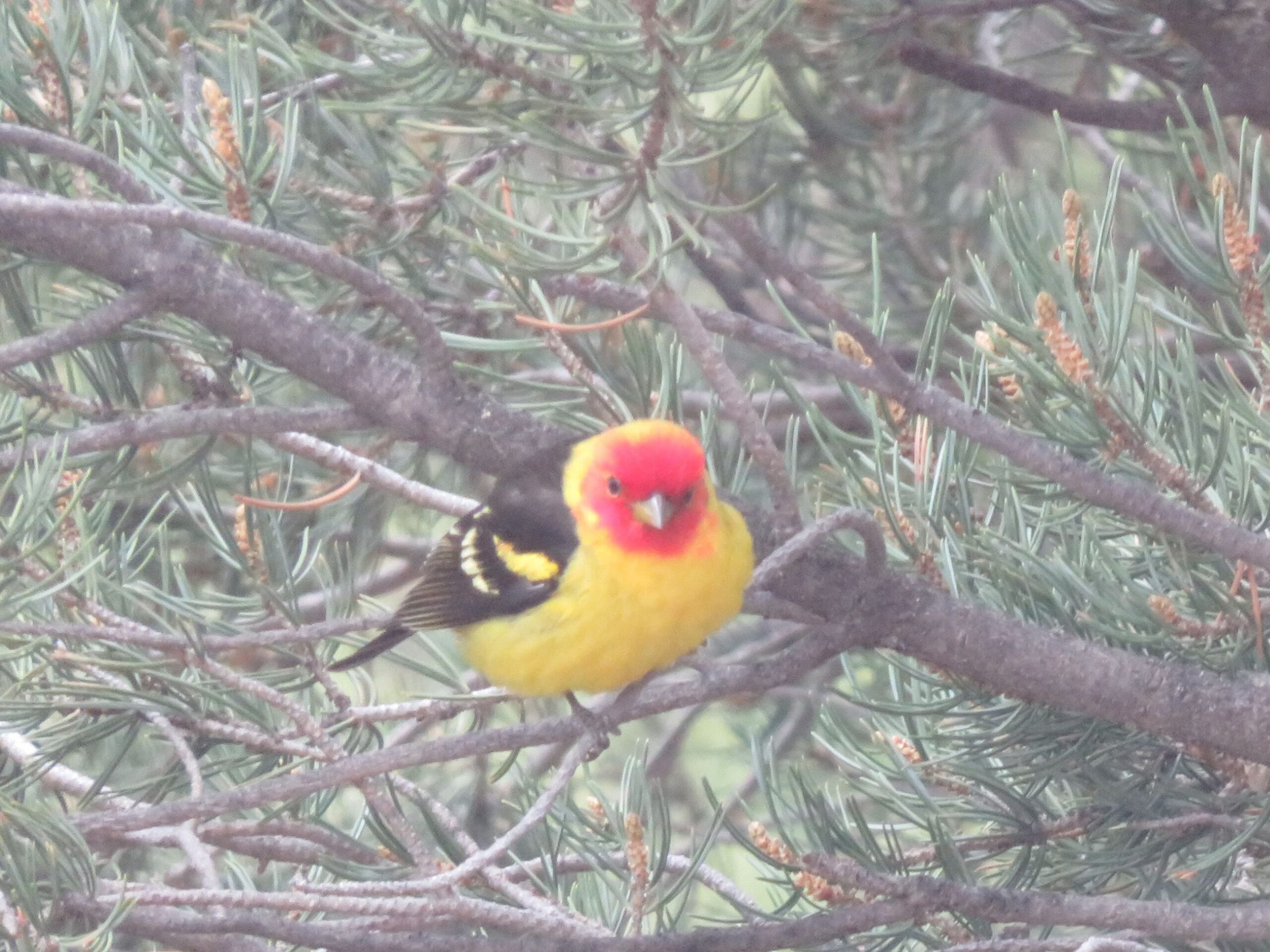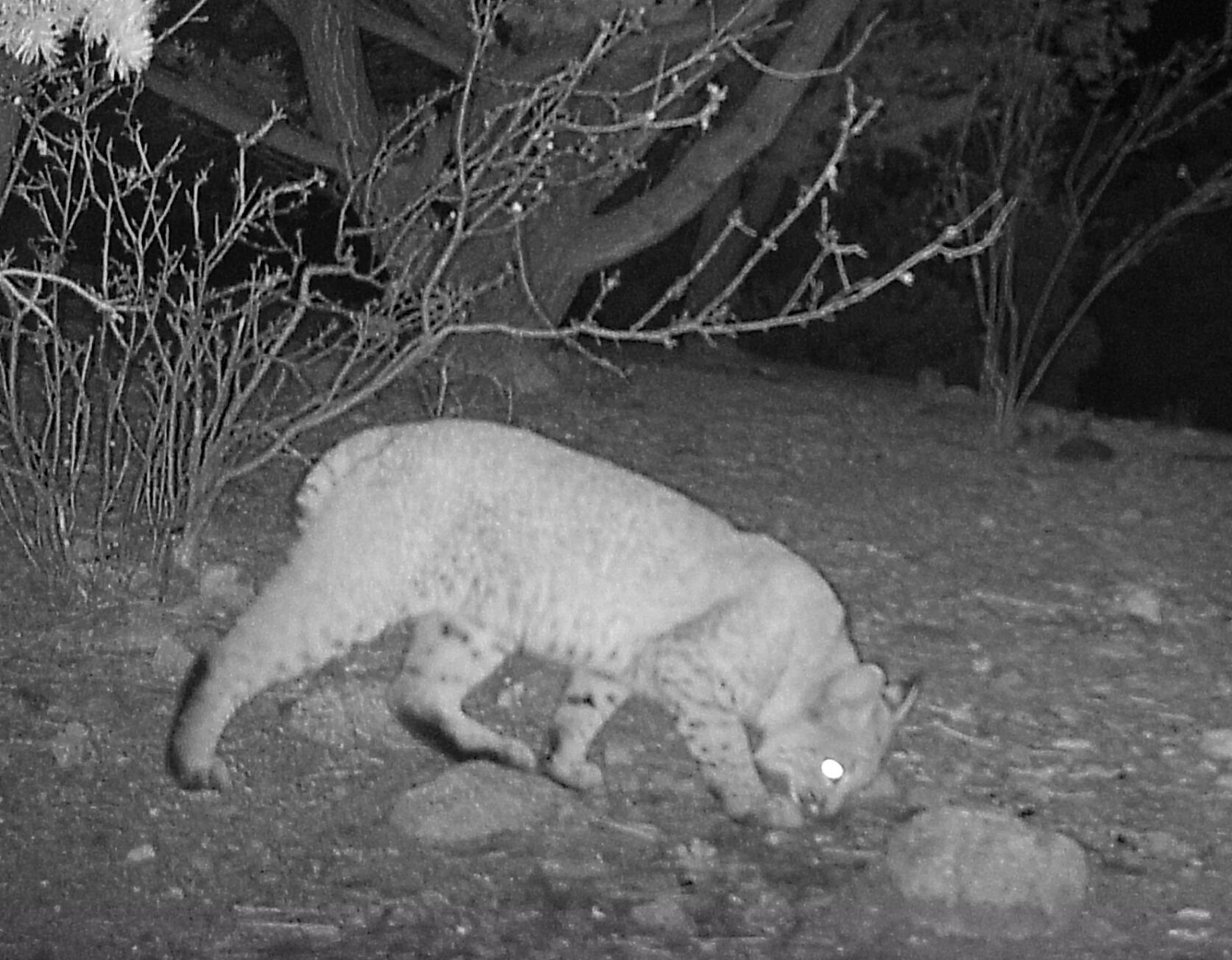I live on a mesa in the Rocky Mountains at a little over 8,000’ among piñons, ponderosas, and some open meadows. Wildfires are certainly a concern during our many drought periods; a similar situation in many other parts of North America as well. A certain level of fire mitigation makes sense, but going overboard actually increases the danger, which few realize. A fire mitigation perimeter of up to 30’ around any structures is recommended. Consider what happens when you exceed that by cutting down trees and mowing meadows.
This is a time when we should be planting trees, not cutting them down. They certainly help with carbon sequestration. If you live in an area with high temperatures, getting higher, you may want to consider even planting them sensibly near your house as they do help keep one’s house cooler. You would have to weigh that with your fire mitigation needs. Even though I have numerous trees, really a woods, starting about 4 years ago I’ve planted 1 new tree or bush each year. Always a native, and usually something of interest to the wildlife I have here.
The big problem in over-reacting to fire mitigation is mowing meadows. The following list is primarily the work of a neighbor and architect, who has always taken the environment into consideration when designing a home.
- Meadows not mowed provide important forage, food, and shelter for a wide variety of resident animals and birds.
- Mowing decreases plant variety with each mowing leading toward monoculture meadows.
- Mowing removes native wildflowers and grasses. For me, this would include (to name just a few): Indian Paintbrush, Lupine, Rocky Mtn. Penstemon, Phlox, Blue Flax, Sunflowers, Columbine, Gaillardia. All of which are a joy to see.
- Recent studies regarding cover crops have found that closely mowed fields release stored carbon, while fields fertile with native plants and grasses sequester carbon.
- Fields full of healthy plants shield and help hold both soil and precious moisture in place, which is especially important if, like me, you have regular high winds. This will help stall a fire, not feed it as your mowed dead meadow would.

Western tanager in my ‘backyard.’
Mowing is simply not appropriate in a natural wildland interface, except within your 30’ perimeter, if you so choose. So many developments in rural Colorado and elsewhere are built in the middle of such an interface. We want to live in a natural and wild landscape and all that offers, and then we change it to the detriment of the native flora and fauna, there long before we were.
Wildfires have a “mind” of their own in the sense that so much impacts where they go and how fast. Once on their way, we have no control. My feeling is just to evacuate with what’s important as quickly as possible. I have an evacuation box in my car and a bag in my house to throw in currently used important items, like my laptop, a few irreplaceable photos that I haven’t scanned yet, and some memorabilia that couldn’t be replaced. All of which I know exactly where they are. My house is stucco with a metal roof. It may still be there if a fire comes through, but nothing else I can do will guarantee that.
I have a little over 6 ½ acres all in its natural state except for immediate areas around the house, where I have flower gardens of mostly natives and about a 1/3 of an acre in back for Self-Irrigating Planters (SIPS) for my vegetable gardens, which I fight the rodents and rabbits over, more native wildflower gardens, and several piñon trees. I do have stucco walls that extend a few yards on either side of the back of the house and a deer fence around the rest.
The majority of my land is outside of that. I have mule deer, elk, bobcat, coyotes, red fox, black bear, and more recently, moose, as well as wild turkeys, all of whom wander by from time to time, and once a mountain lion. They may well wander across a neighbor’s mowed meadow, but they won’t stay to graze or browse.

I also enjoy mountain bluebirds, 2 and sometimes 3 species of hummingbirds, western tanagers, pygmy and white-breasted nuthatches, mountain and black-headed chickadees, a few varieties of hawks, a great horned owl, and so many more bird species. They’re here because of the environment I have left for them, and because I’m not the only one to do so. I take up as little of my land as I can to leave as much of their land for those that were here before I was.
These photos were taken by my trail camera at night, thus the bright eye of the bobcat and the brilliant white of the close pine branch in the bear photo. Look closely to notice his hind foot, and you’ll have a better idea of how big he (or she) was. It’s partially raised above a rock.


I truly appreciate your knowledge and informative insights concerning our love for all that wanders around us.
I couldn’t agree with you more.
I enjoyed reading this & seeing your pics!
Medley
Thanks, Medley. I know you have some of these wildlife visitors in Salida too! That’s an entire topic in itself as wildlife loses its habitat and ends up within the boundaries of
human habitation.